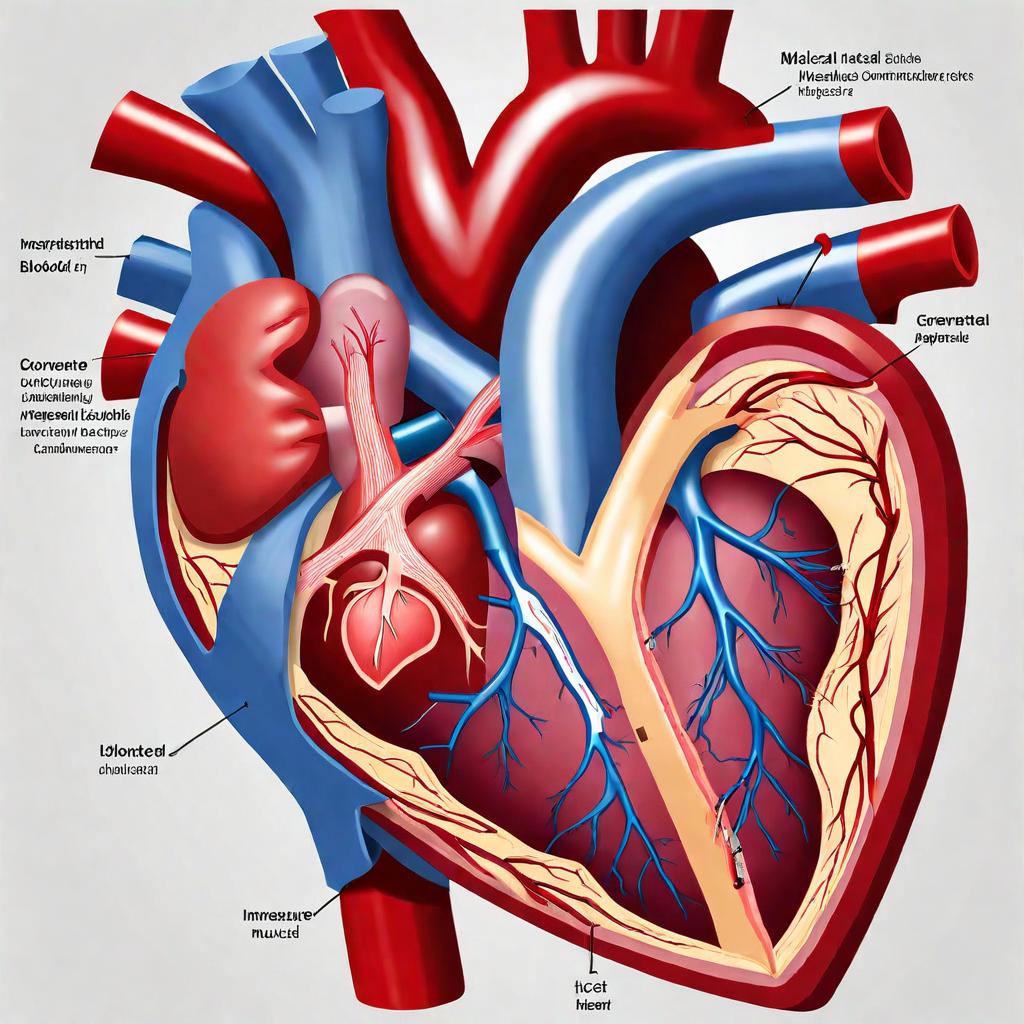Introduction to Heart Attacks
A heart attack, medically known as a myocardial infarction, occurs when a coronary artery becomes blocked, disrupting blood flow to the heart muscle. This blockage typically results from a buildup of cholesterol, fats, and other substances known as plaques, leading to a condition called atherosclerosis.
Causes of Heart Attacks
The primary cause of a heart attack is the rupture of these plaques, which can trigger the formation of blood clots that obstruct blood flow. This interruption in blood supply causes damage or death to the heart muscle tissue.
Symptoms of a Heart Attack
Symptoms of a heart attack can vary from mild to severe and may include:
- Chest pain or discomfort, often described as pressure, tightness, squeezing, or aching.
- Pain or discomfort that spreads to the shoulder, arm, back, neck, jaw, or upper belly.
- Cold sweats, fatigue, and sudden dizziness.
- Nausea, shortness of breath, heartburn, or indigestion.
It’s important to note that women may experience atypical symptoms such as neck, arm, or back pain, which may be the first signs of a heart attack.
Recognizing the Warning Signs
Many individuals experience warning signs days or weeks before a heart attack. Persistent chest pain or angina, which doesn’t subside with rest, can serve as an early indicator of potential cardiac issues.
Immediate Response and Treatment
Prompt medical attention is crucial when symptoms of a heart attack occur. If you suspect you or someone else is having a heart attack, take these immediate steps:
- Call Emergency Services: Dial 911 or your local emergency number immediately.
- Take Prescribed Medications: If nitroglycerin has been prescribed, take it as directed while awaiting medical help.
- Consider Aspirin: Taking aspirin during a heart attack can help reduce heart damage by preventing blood clotting, but only do so if advised by medical professionals.
Responding to a Heart Attack in Others
If you encounter someone unconscious and suspect they’re having a heart attack:
- Call for Help: Dial emergency services first.
- Check Vital Signs: Assess breathing and pulse.
- Perform CPR if Necessary: If unresponsive and not breathing normally, initiate hands-only CPR or full CPR if trained and confident.
Conclusion
Understanding the symptoms and immediate response protocols for heart attacks is crucial for saving lives. Recognizing early signs, seeking emergency help, and administering appropriate first aid measures can significantly improve outcomes in cases of myocardial infarction.
For more detailed information on heart attacks and cardiovascular health, consult with healthcare professionals or visit reputable medical resources.
Additional Resources:
- For more information on heart health and prevention, visit the American Heart Association.
- Learn about the latest research and treatment options for heart attacks from the Mayo Clinic.
- Explore tips for heart attack prevention and healthy living on the Centers for Disease Control and Prevention (CDC).


